Detected Security Error, Due to possible
Suspicious Activity Found On Your Computer.
Contact Expert Certified Live Technicians.
Warning!
Your computer may be infected:
(2) New Potentially FATAL Viruses: Rootkit.Sirefef.Spy and Trojan.FakeAV-Download.
Your Personal & Financial Information MAY NOT BE SAFE.
To Remove Viruses, Call Tech Support Now:
1-877-695-4931
Please note that quickpcfixer.com is just one of many websites used to display these misleading pop-ups. Besides, PUPs and adware may display pop-ups on your computer even when you're not browsing the Internet. You've probably already surmised from the name, Potentially Unwanted Program, that in reality it is something you could probably survive without! And despite purporting to be useful – such as a tool bar, web browser, homepage or search engine – the fact is all of these have been designed with one purpose in mind: to divert your search inquiries away from the website you wanted to visit and instead to one that the developer of the PUP has a vested interest in you visiting. In this case, it promotes bogus tech support instead of sketchy websites. But of course scammers may display other ads on your computer if they think that this scam didn't work out as they thought at first.
The silver lining of the PUP shaped cloud is that Potentially Unwanted Programs are not, for the most part, created to cause you any problems: they don't spy on you or log your keystrokes to steal private data and they don't corrupt files or shut down your operating system like serious malware but that doesn't mean you should put up with having one on your computer. After all, not being able to visit the websites you want goes beyond annoying!
So how can you protect yourself from Potentially Unwanted Programs and 1-877-695-4931 scam? The trick is to be extremely vigilant when you're downloading software from the Internet because in the majority of cases PUPS are bundled with other software – either with, or without, the owner of that software's knowledge. Also, run a full system scan with anti-malware software to make sure that your computer is clean. If you have questions, leave a comment down below. I will be more than happy to help you. Good luck and be safe online!
Written by Michael Kaur, http://deletemalware.blogspot.com
1-877-695-4931 Tech Support Scam Removal Guide:
1. First of all, download anti-malware software and run a full system scan. It will detect and remove this infection from your computer. You may then follow the manual removal instructions below to remove the leftover traces of this malware. Hopefully you won't have to do that.2. Remove 1(855)-207-5505 scam pop-up related programs from your computer using the Add/Remove Programs control panel (Windows XP) or Uninstall a program control panel (Windows 7 and Windows 8).
Go to the Start Menu. Select Control Panel → Add/Remove Programs.
If you are using Windows Vista or Windows 7, select Control Panel → Uninstall a Program.

If you are using Windows 8, simply drag your mouse pointer to the right edge of the screen, select Search from the list and search for "control panel".

Or you can right-click on a bottom left hot corner (formerly known as the Start button) and select Control panel from there.
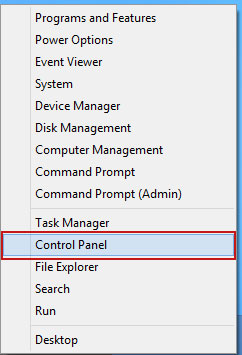
3. When the Add/Remove Programs or the Uninstall a Program screen is displayed, scroll through the list of currently installed programs and remove the following:
- Quiknowledge
- LyricsSay-1
- Websteroids
- BlocckkTheAds
- HD-Plus 3.5
- and any other recently installed application
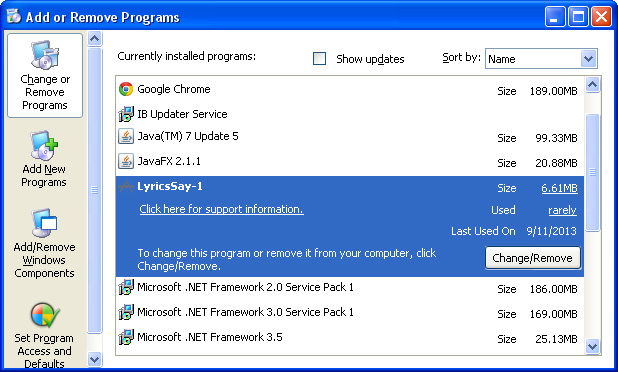
Simply select each application and click Remove. If you are using Windows Vista, Windows 7 or Windows 8, click Uninstall up near the top of that window. When you're done, please close the Control Panel screen.
Remove scam pop-ups from Google Chrome:
1. Click on Chrome menu button. Go to Tools → Extensions.
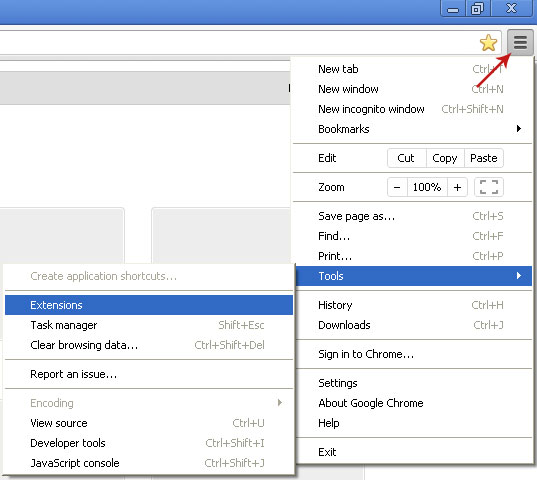
2. Click on the trashcan icon to remove BlocckkTheAds, LyricsSay-1, Websteroids, Quiknowledge, HD-Plus 3.5 and other extensions that you do not recognize.
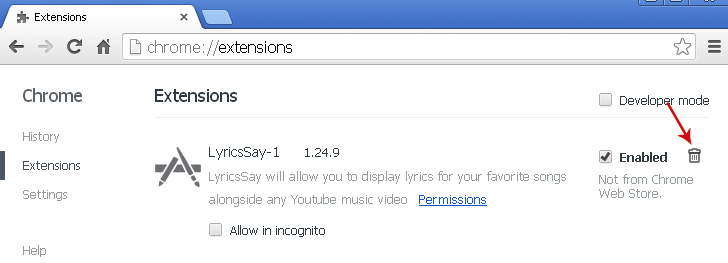
If the removal option is grayed out then read how to remove extensions installed by enterprise policy.

Remove scam pop-ups from Google Chrome:
1. Open Mozilla Firefox. Go to Tools → Add-ons.

2. Select Extensions. Click Remove button to remove BlocckkTheAds, LyricsSay-1, Websteroids, Quiknowledge, HD-Plus 3.5 and other extensions that you do not recognize.
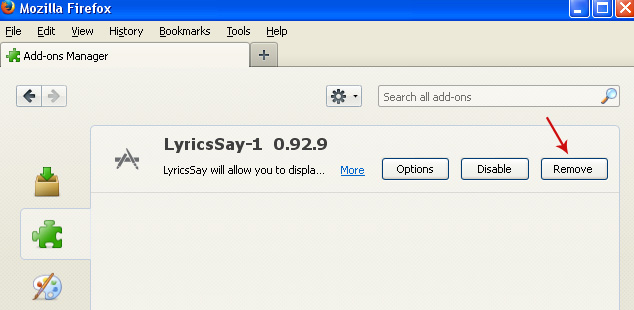
Remove scam pop-ups from Internet Explorer:
1. Open Internet Explorer. Go to Tools → Manage Add-ons. If you have the latest version, simply click on the Settings button.

2. Select Toolbars and Extensions. Click Remove/Disable button to remove the browser add-ons listed above.


We are an exclusive CPA Network that only allows qualified publishers. This gives our network the ability to get higher rates and better conversions through our advertising partners. cpa network
Trả lờiXóa